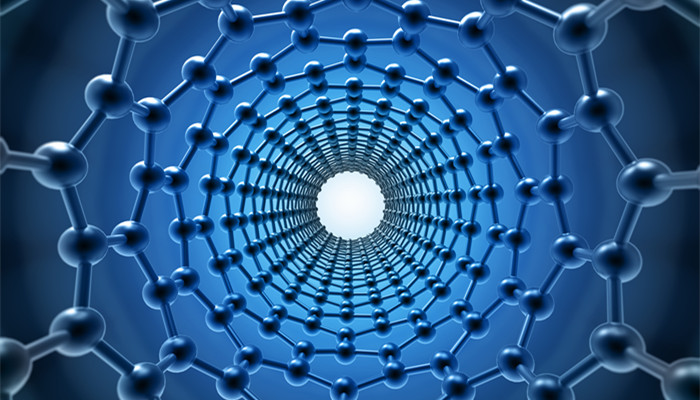
The rapid development of the new energy industry has driven the expansion of the nanocrystalline materials market
Nanocrystalline materials refer to materials composed of nanometer-sized crystals. Compared with ordinary polycrystalline materials, nanocrystalline materials have the advantages of high Curie temperature, high operating magnetic induction, low loss, high modulus, and high hardness, and are widely used in lightweight and miniaturized scenarios. There are many methods for preparing nanocrystalline materials, including gas phase method, sputtering method, ball milling method, laser method, gel decomposition method, etc.
According to the “China Nanocrystalline Materials Industry Application Market Demand and Development Opportunities Research Report 2022-2027 released by the Industrial Research Center, As the country’s emphasis on the new energy industry continues to increase, the demand for nanocrystalline materials in the new energy field continues to grow, and the industry development is ushering in new opportunities. In recent years, the scale of my country’s nanocrystalline materials market has continued to expand. In 2021, the scale of my country’s nanocrystalline materials market will reach US$95.361 million, a year-on-year increase of 13.6%. Driven by national policy support and technological innovation, it is expected that the size of my country’s nanocrystalline materials market will exceed US$150 million by 2025.
Nanocrystalline materials are usually made of metal materials. Metal is an important raw material for the development of my country’s national economy and science and technology, and the industry’s prosperity continues to increase. According to data from the National Bureau of Statistics, my country’s output of ten nonferrous metals reached 64.540 million tons in 2021. The sufficient supply of raw materials provides driving force for the development of the nanocrystalline materials industry.
Nanocrystalline materials are mainly used in new energy vehicles, photovoltaic power generation, household appliances, building materials and other fields. New energy vehicles are the main demand side for nanocrystalline materials in my country. Nanocrystalline materials are in line with the development direction of miniaturization and high-frequency electronics for new energy vehicles. According to statistics from the China Association of Automobile Manufacturers, my country’s new energy vehicle production will reach 3.545 million units in 2021, a year-on-year increase of 159.5%. As the prosperity of the new energy vehicle industry continues to increase, the market demand for nanocrystalline materials as raw materials for new energy vehicle manufacturing will continue to rise.
The nanocrystalline materials industry is highly concentrated and the market competition is fierce. As a giant in the global nanocrystalline materials industry, Japan’s Hitachi Metals focuses on the production, operation and sales of related products in the fields of automobiles, electronics, construction, machinery and other fields. It was the first to complete the research and development of nanocrystalline alloy materials in 1988, accounting for nearly 50.0% of the global nanocrystalline materials market. % share. Qingdao Yunlu New Materials, Zhejiang Zhaojing Electric, and Beijing Antai Technology are my country’s leading nanocrystalline material companies. Driven by technological innovation, the nanocrystalline material preparation technology of my country’s leading companies has reached the world’s advanced level.
Industry analysts said that as a new type of crystal material, nanocrystalline materials have the advantages of high modulus and low loss, and are widely used in new energy, It is widely used in photovoltaic and other fields. Affected by positive factors such as the rapid development of the new energy field, my country’s new energy vehicle production continues to increase, driving the market demand for nanocrystalline materials to further increase. As the independent research and development capabilities of local enterprises continue to improve, the development prospects of my country’s nanocrystalline materials industry will be broader.

 微信扫一扫打赏
微信扫一扫打赏

